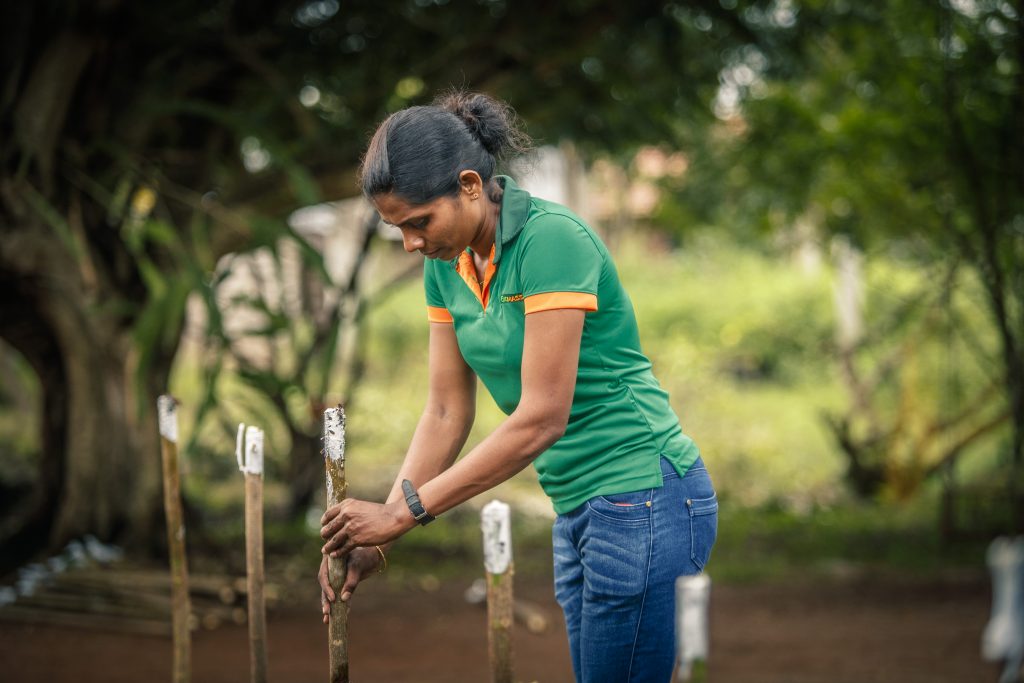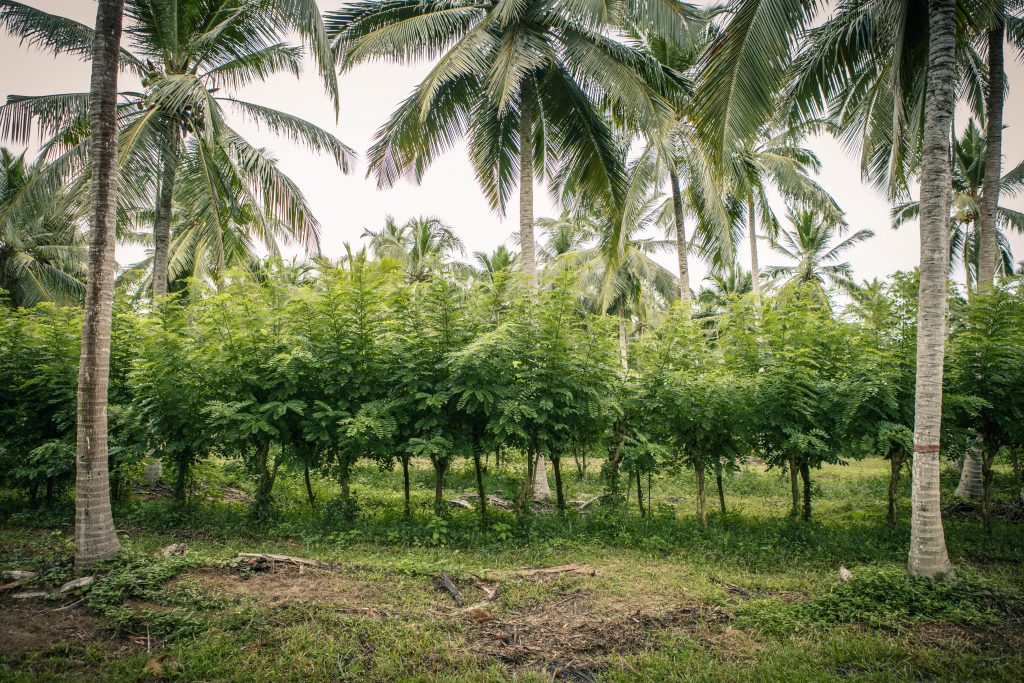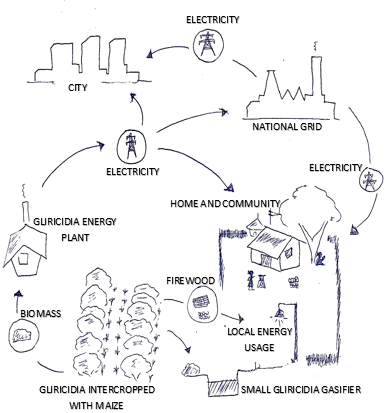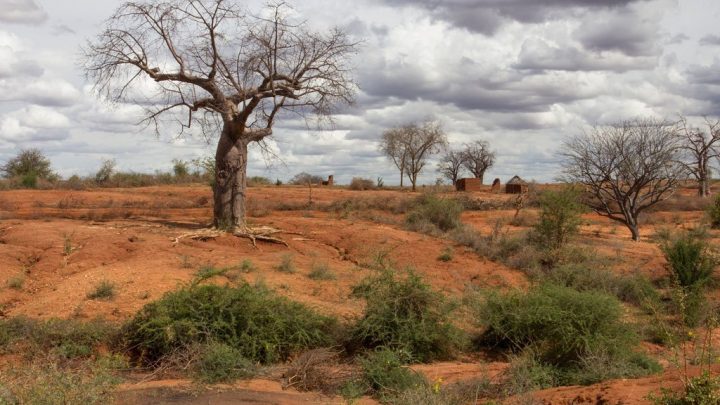Evergreen
energy
Photo: Biomass Group

“All of the planet energy originally derives from solar radiation. Trees are one of the most effective ways of harnessing the sun and turning it into usable energy, and trees can do this in a truly renewable way.”
- PHILIP DOBIE & NAVIN SHARMA, WORLD AGROFORESTRY CENTRE
A fully-fledged,
integrated and sustainable
tree-based food-energy system
A safe integration of food and energy production may be one of the best ways to improve global food and energy security and simultaneously reduce poverty in a climate smart way.

Farming systems that combine food and energy crops present numerous benefits to poor rural communities. For example, poor farmers can use the left overs from rice crop to produce bioenergy. In an agroforestry system, they can use the debris of trees used to grow crops like fruits, coconuts or coffee beans for cooking. Other types of food and energy systems use by-products from livestock for biogas and compost production. Yet others combine biofuel crops and livestock on the same land.

Evergreen energy
Experience now shows that tree-based systems can simultaneously provide electrical and bioenergy for the home and for industry, while also providing biofertilizers for crop production, and better-quality fodder for livestock production.
These systems have the potential to transform livelihoods and food security, and they enhance economic development while conserving the environment.
The incorporation of fertilizer-fodder-fuel trees into crop fields provide access to power, increase soil fertility, and store large quantities of carbon into the soil.
Some of the most common tree species that have been successfully exploited in agroforestry systems include Cajanus cajan, Sesbania sesban, Sesbania macrantha, Tephrosia vogelii, Calliandra calothyrsus, Flemingia macrophylla, Gliricidia sepium, and Leucaena leucocephala. All these tree species have the potential to restore fertility of fallow land and at the same time produce fuel wood or fodder on farms, and also increase yield of food crops. They are used for improvement of fallows, mixed cropping, relay cropping, and biomass transfer.
The Gliricidia EverGreen Energy System

A 1-10 MW power plant is sited in a rural area composed of smallholder farmers who are predominantly growing food crops in a maize-mixed farming system. Gliricidia trees intercropped in the maize fields in a grid pattern. The trees produce wood and foliage that is harvested periodically during the year by pollarding the trees. The foliage is stripped from the branches for high-protein livestock fodder and/or biofertilizer for the crops. The branches are removed and transported to the power plant as feedstock for electrical power generation.
The electricity is provided to local rural consumers while any excess is provided to the national grid. The diagram below illustrates how such as system would operate to provide benefits at a household, community and national scale.
How an integrated food-energy system works
The gliricidia systems increase the on-farm production of firewood, a resource which is in increasingly short supply in Africa smallholder agricultural systems. Farm production of adequate fuelwood saves the drudgery of women and children in travelling long distances to collect it, and this releases time and energy for other income-generating activities. It also reduces the destruction of natural forests by reducing the need to collect firewood from public lands. The increased supply of fuelwood that will be produced in association with the commercial production of glricidia for power generation will also ensure that the cooking and heating energy needs of the communities are amply met.
